It’s been just over a year since China wowed the world with the first soft Moon landing in almost 40 years. The Chang’e-3 robotic lander made it all the way to Mare Imbrium (Sea of Rains) on Dec. 14, 2013, quickly deploying the Yutu rover for a spin.
Mission updates have been sparse in recent months, but the Planetary Society and a forum on Unmanned Spaceflight recently pointed out a new image archive. These pictures are so high-definition, it’s almost as good as being on the Moon beside the rover.
While some of the images are familiar to followers of the mission, what makes the image archive stick out is how high-definition many of them are.
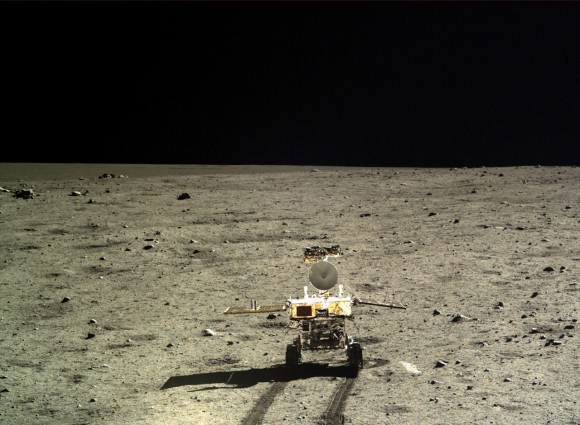
A few great shots have been sent back from the surface, including a set from January that was combined into a 360-degree panorama by Marco Di Lorenzo and Universe Today’s Ken Kremer. But this archive contains a wealth of them.
The lander/rover team made it to the surface last year equipped with high-definition video cameras, prepared to catch some of the first new views of the lunar surface from close up since the Apollo robotic/human and Soviet robotic moon landing era of the 1960s and 1970s.
While Chinese officials reportedly said the rover would last three months and the lander a year, difficulties quickly cropped up.
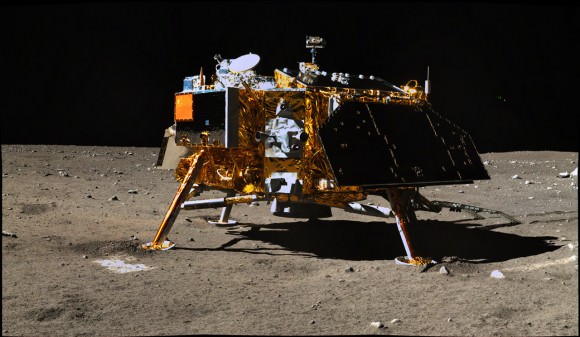
Shortly before Yutu entered a planned hibernation for its second lunar night (about two weeks on Earth) in January, a technical problem was reported that was later identified as a problem with its solar panel.
A “control circuit malfunction”, according to the Xinhua news agency, left the rover at risk of not waking up after that second hibernation. The mast it controlled was supposed to lower and protect some of the rover’s sensitive electronics. Yutu survived the night, but was left unable to move through the third lunar day.
According to the Planetary Society (based on Chinese news media reports), there are no current status updates for Yutu, but Chang’e-3 is still working a year after the landing.
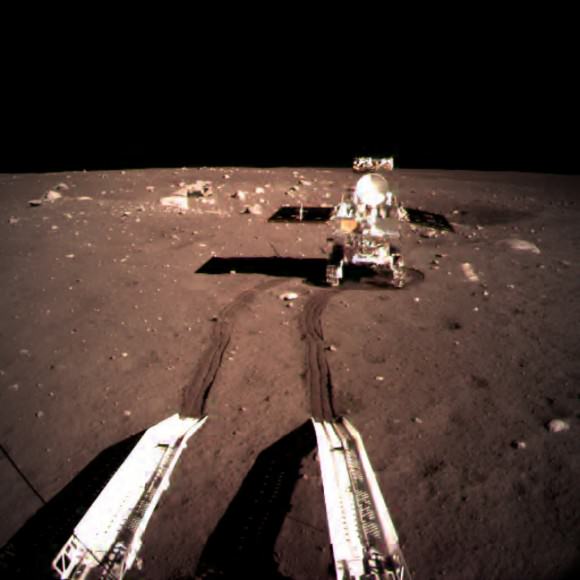
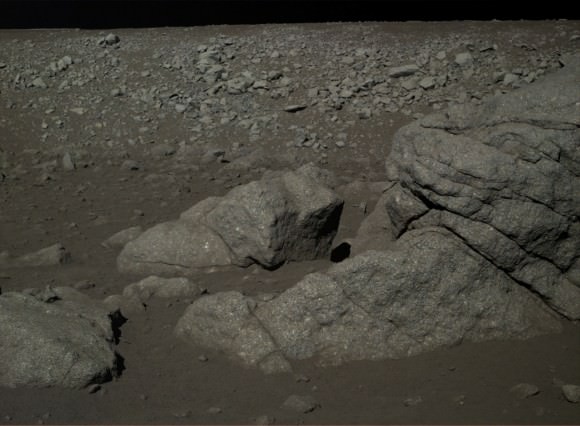

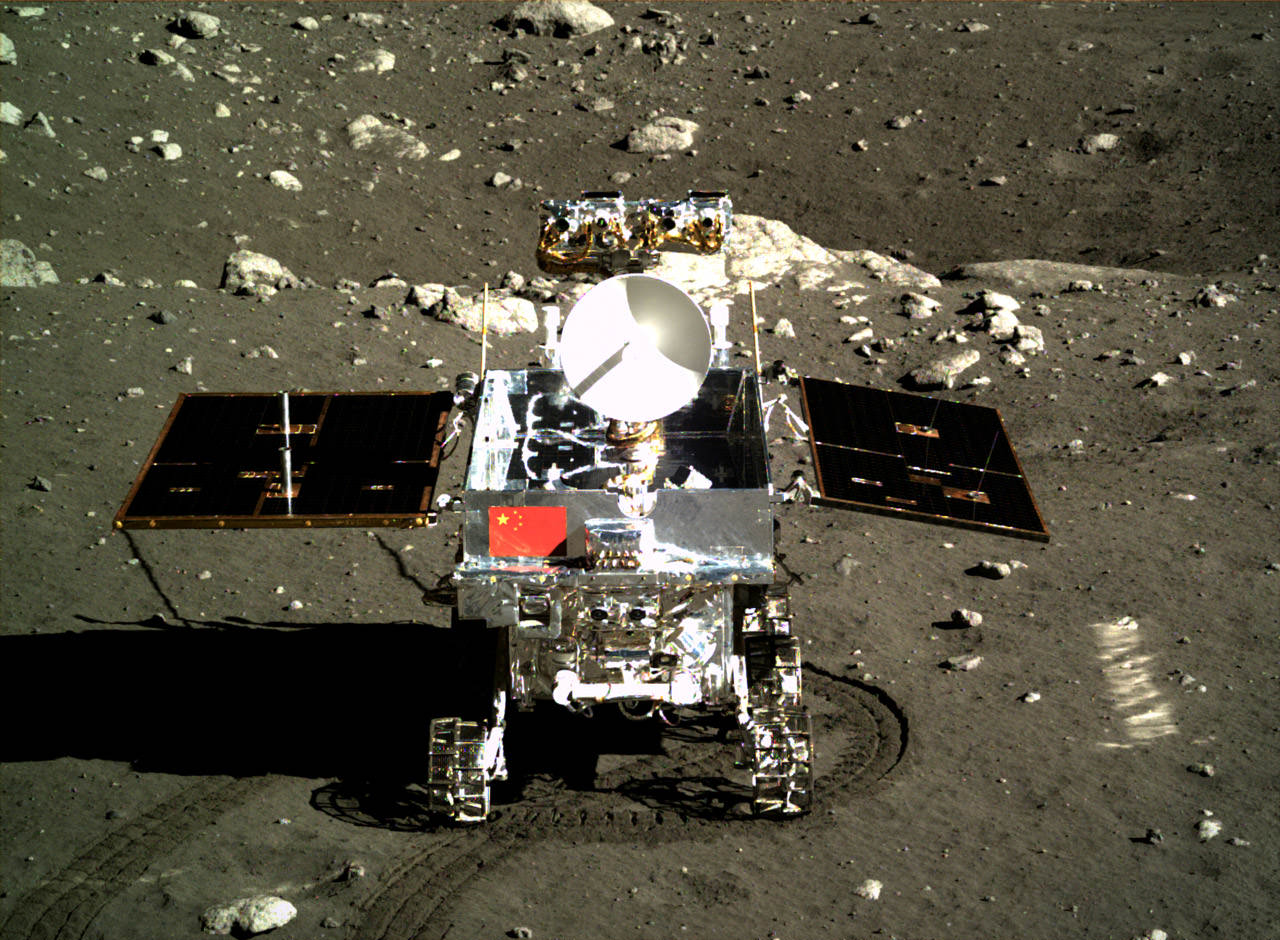
Wow! There’s so much to see of the moon and yet, it had been 40 years we landed.
I see that results from the photometric calibration of the Lunar-based Ultraviolet Telescope (LUT) aboard Chang’e 3 have been published recently: http://arxiv.org/abs/1412.3870
Hopefully we can look forward to future results from this lunar telescope.